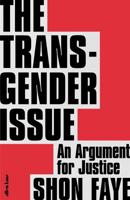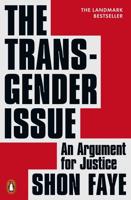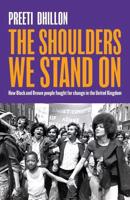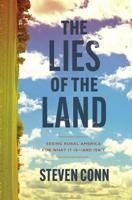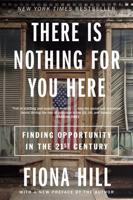Publisher's Synopsis
In the first decade of the twenty first century the future of social housing will be decided. As affluence grows, unemployment falls and owner-occupation becomes even more popular, what is now the role of social housing? And what do we want it to be?;Economic change and the social policies of the last twenty years have changed the nature and role of social housing. It is now more likely than not that the most disadvantaged households within our society will be found on publicly owned housing estates. These are the households most vulnerable to "social exclusion". What is the consequence of this, for these households, and for the future of these estates?;This study reports on JRF-supported research which exploresthe reality of social exclusion on social housing estates in three different areas and from three different perspectives - residents most vulnerable to social exclusion;the wider estate communities;and frontline providers of public services. The research investigates the attitudes, aspirations and values of socially excluded residents and their views on the most pressing contemporary social issues;gives a voice to residents vulnerable to social exclusion on troubled estates and analyses their interaction with their estate, neighbourhood and wider community;provides evidence of the critical importance of mainstream public services on troubled housing estates, in tackling social exclusion;The study provides a powerful and evocative account of the nature of social exclusion, in the words of those living with it. This account is set within a wider analysis of the social exclusion debate, and a consideration of the neighbourhood dimension to social exclusion.

